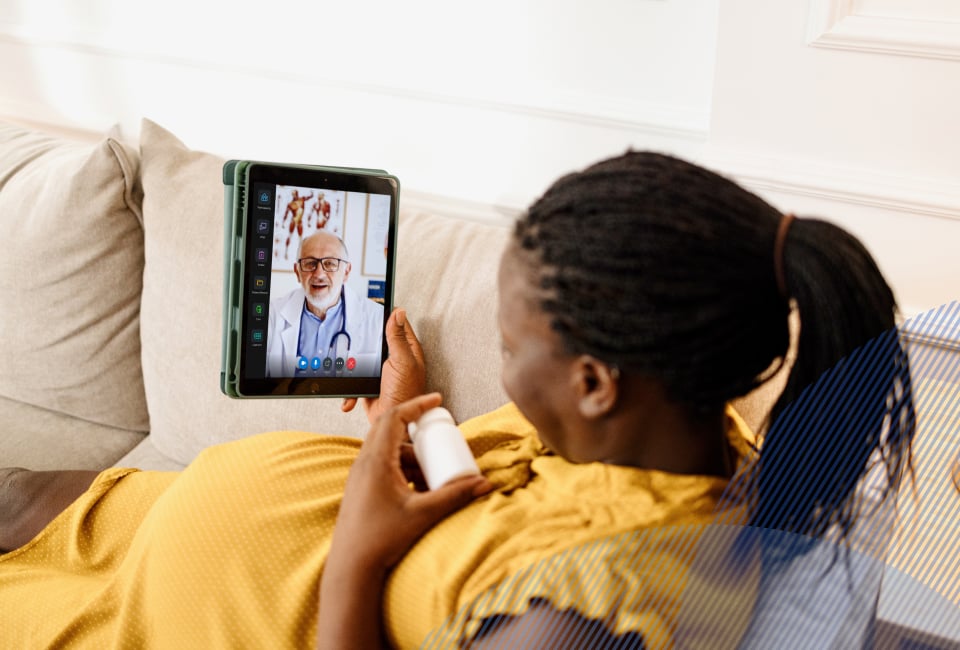Virtual care is transforming modern healthcare
Healthcare is evolving, and virtual care is at the forefront of this transformation. With advancements in healthcare technology, patients and providers now have more efficient, accessible, and convenient ways to connect.
Whether it’s a video consultation with a primary care physician, remote monitoring for chronic conditions, or a mental healthcare conducted via telehealth or through digital care programs, virtual healthcare is reshaping how we deliver and receive medical services.




